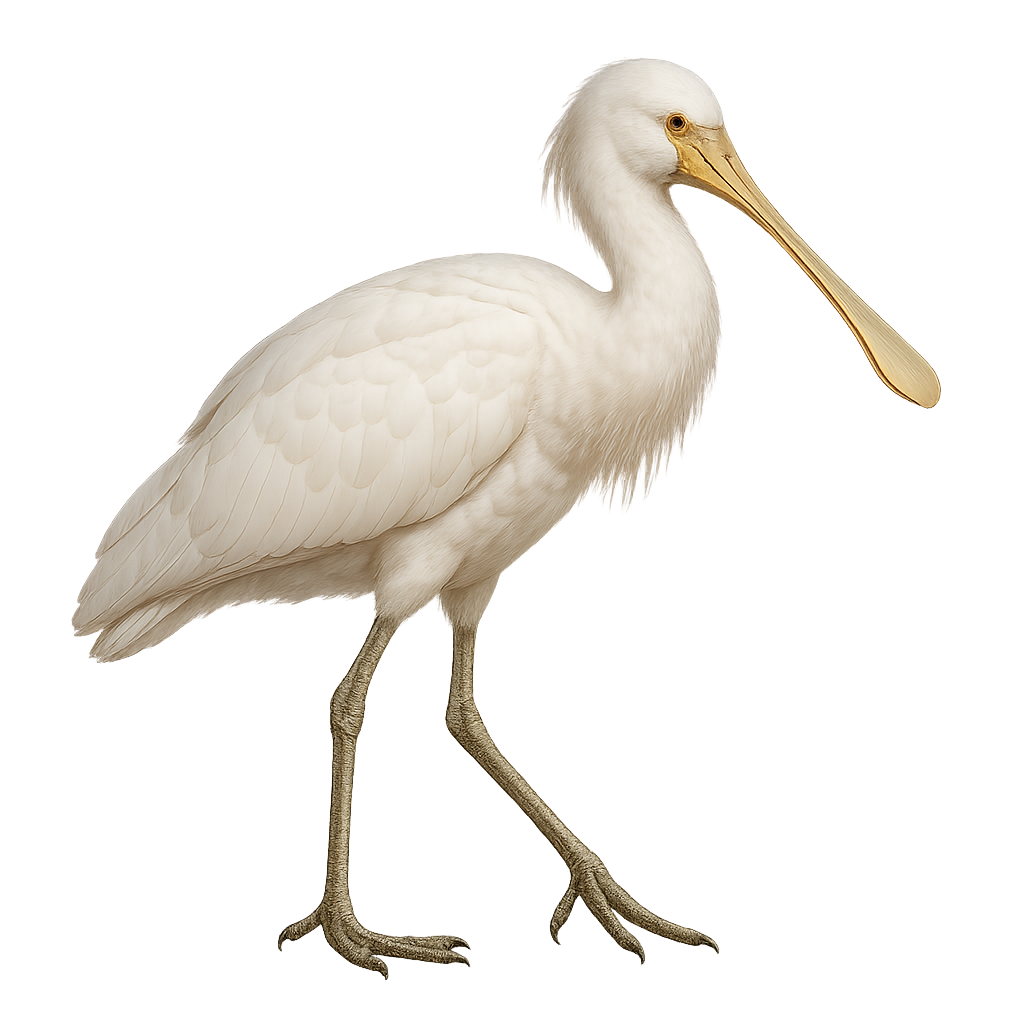Your wildlife photography guide.
Explore the yellow-billed spoonbill in detail, study its behavior, prepare your shots.
Where to observe and photograph the yellow-billed spoonbill in the wild
Learn where and when to spot the yellow-billed spoonbill in the wild, how to identify the species based on distinctive features, and what natural environments it inhabits. The WildlifePhotographer app offers tailored photography tips that reflect the yellow-billed spoonbill’s behavior, helping you capture better wildlife images. Explore the full species profile for key information including description, habitat, active periods, and approach techniques.
Yellow-billed Spoonbill
Scientific name: Platalea flavipes

IUCN Status: Least Concern
Family: THRESKIORNITHIDAE
Group: Birds
Sensitivity to human approach: Suspicious
Minimum approach distance: 10 m
Courtship display: August to September
Incubation: 24-25 jours
Hatchings: August to October
Habitat:
Wetlands, marshes, lake edges
Activity period :
Primarily active during the day, with peak activity in the morning and late afternoon.
Identification and description:
The Yellow-billed Spoonbill, Platalea flavipes, is a medium-sized aquatic bird known for its long, flat, yellow bill. It has a striking white plumage, sometimes tinged with pink during the breeding season. This bird is primarily found in Australia, where it inhabits wetlands, marshes, and lake edges. The Yellow-billed Spoonbill feeds mainly on small fish, aquatic insects, and crustaceans, which it captures by sweeping its bill through the water. It is often seen in small groups but can also be solitary. Although its habitat is threatened by wetland degradation, it is currently classified as of least concern by the IUCN.
Recommended lens:
400mm – adjust based on distance, desired framing (portrait or habitat), and approach conditions.
Photography tips:
To photograph the Yellow-billed Spoonbill, it is advisable to use a telephoto lens of at least 400mm to capture detailed images without disturbing the bird. Look for wetlands or marshes early in the morning or late in the afternoon when the light is soft and flattering. Be patient and discreet, approaching slowly to avoid scaring the bird. Use a tripod to stabilize your camera and achieve sharp images.
The WildlifePhotographer App is coming soon!
Be the first to explore the best nature spots, track rutting seasons, log your observations, and observe more wildlife.
Already 1 439 wildlife lovers subscribed worldwide

